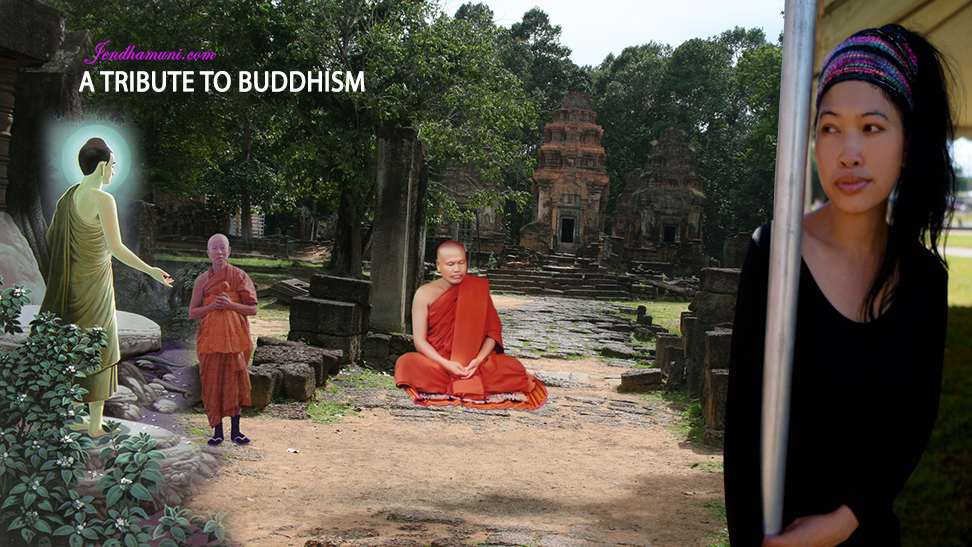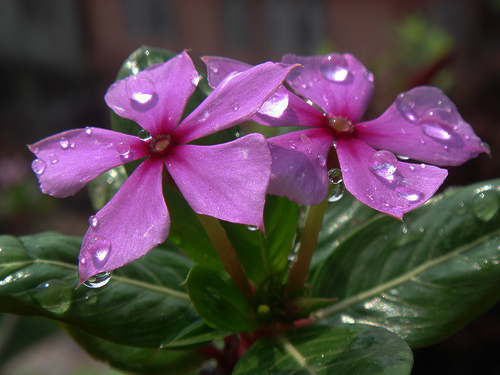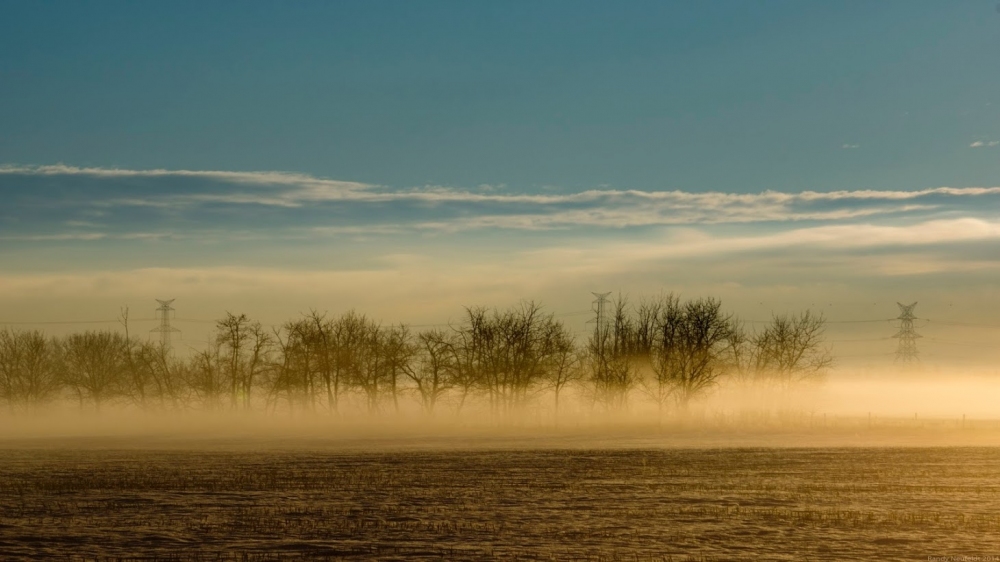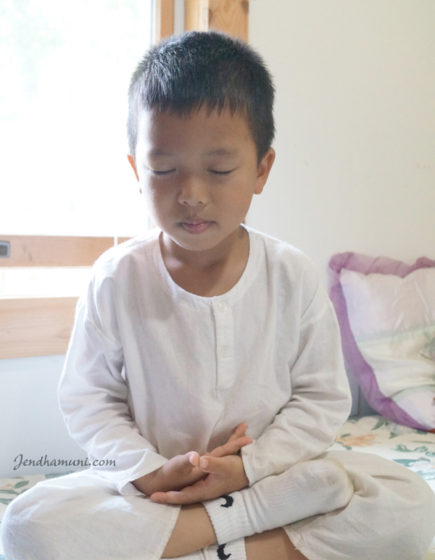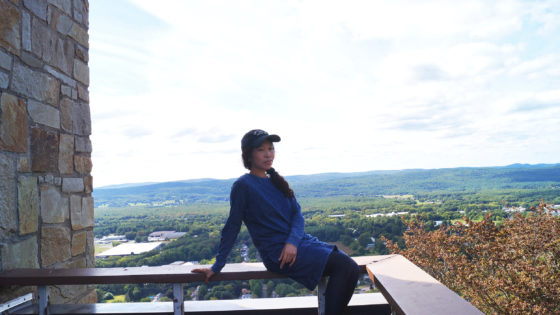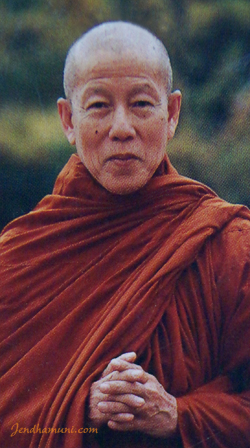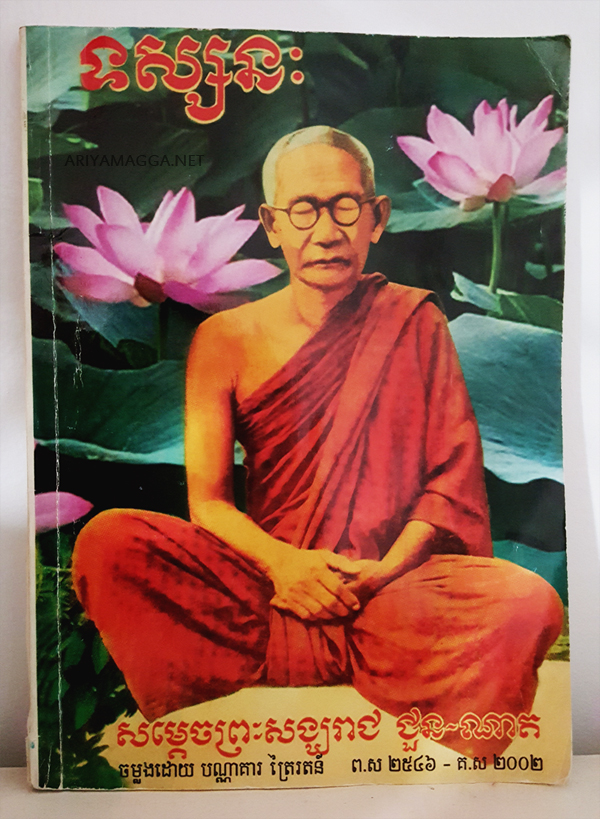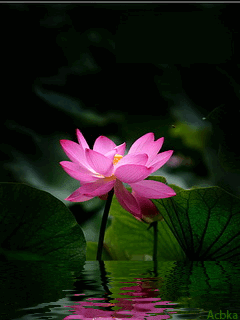The Story of Anathapindika
Verse 119: Even an evil person may still find happiness so long as his evil deed does not bear fruit; but when his evil deed does bear fruit he will meet with evil consequences.
Verse 120: Even a good person may still meet with suffering so long as his good deed does not bear fruit: but when it does bear fruit he will enjoy the benefits of his good deed.
The Story of Anathapindika
While residing at the Jetavana monastery, the Buddha uttered Verses (119) and (120) of this book, with reference to Anathapindika, the famous rich man of Savatthi.
Anathapindika was the donor of the Jetavana monastery, which was built at a cost of fifty-four crores. He was not only generous but also truly devoted to the Buddha. He would go to the Jetavana monastery and pay homage to the Buddha thrice daily. In the mornings he would bring along rice gruel, in the day-time some suitable rich food or medicine and in the evenings some flowers and incense. After some time Anathapindika became poor, but being a sotapanna he was not shaken by misfortune, and he continued to do his daily acts of charity. One night, the spirit guarding the gate to the house of Anathapindika appeared to him in person, and said, “I am the guardian of your gate. You have been offering your property to Samana Gotama with no thoughts of your future. That is why you are now a poor man. Therefore, you should make no more offerings to Samana Gotama and should look after your own business affairs and get rich again” Continue reading

